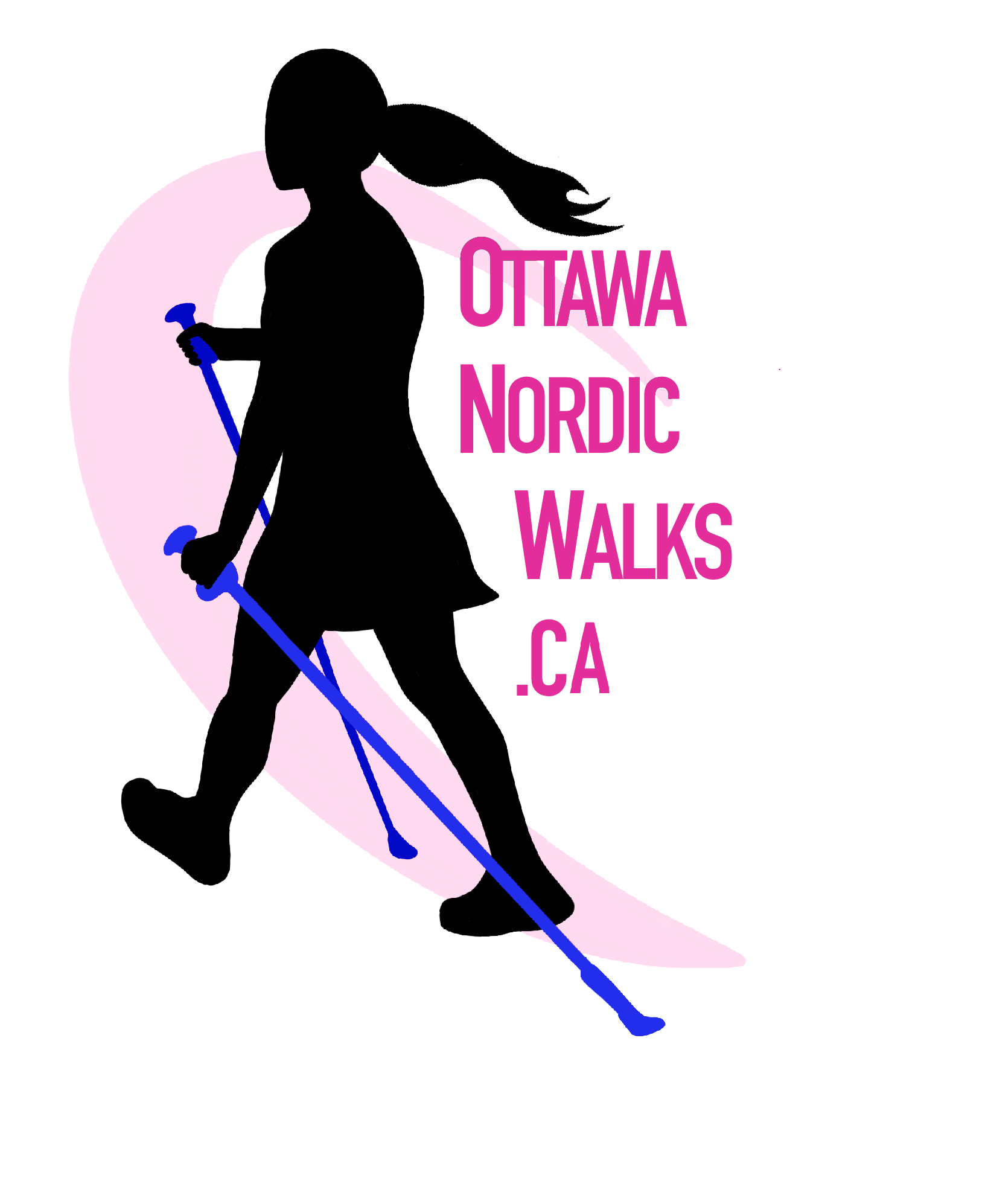Regular Nordic walking is one of the best activities you can do for your health! Giving it a try is a great first step, however, be honest with yourself. Are you doing it correctly?
You deserve to know how to avoid injury and to achieve the most benefit from this healthy and therapeutic form of exercise. Here are the most common, but easily correctable, mistakes I’ve observed:
#1 Poles are the incorrect height
If your poles are too short, you will have to lean forward to use them, this results in a forward lean or forward bending posture. Nordic walking is fantastic way to improve posture and improve core muscle strength, don’t allow your walking to reinforce a forward slouch!
If your poles are too long, you may aggravate or create a shoulder problem by forcing your arm through an exaggerated range of motion.
Get help fitting your poles – proper height depends on whether you are using a fitness or rehabilitation/stability technique.
#2 Poles have insufficient shock absorption
If your rubber boot tip is thin or worn out, be careful. The impact of the pavement will travel up your arm through your elbow, shoulder and neck exposing each of these areas to injury. You need a proper shock absorbing boot tip.
#3 Poles are designed for skiing, not Nordic walking
Downhill ski poles are designed to provide a moment of stability as the skier descends steep terrain. They also assist with propulsion, balance and rhythm, across snow, on flat terrain. Terrific for skiing! However, they are usually very lightweight and are not designed to absorb body weight on pavement. Everyone, but especially people with higher body weights, needs the joint protecting strength of a properly and intentionally designed Nordic walking pole.
#4 Poor technique
Using bent elbows will tire your arms quickly as the elbows are small joints with small supporting musculature. Using your shoulders takes advantage of, and further strengthens, your large and critically important upper body muscles.
Lifting and forcefully jabbing your poles into the ground results in high impact and potential injury. Pushing back through your shoulders smooths the impact and strengthens your upper body.
#5 Boots pointed in the wrong direction
Your angled boot tips should point behind you resulting in a comfortable forward propulsion with walking. When improperly aligned, impact is increased and forward propulsion is lost.



